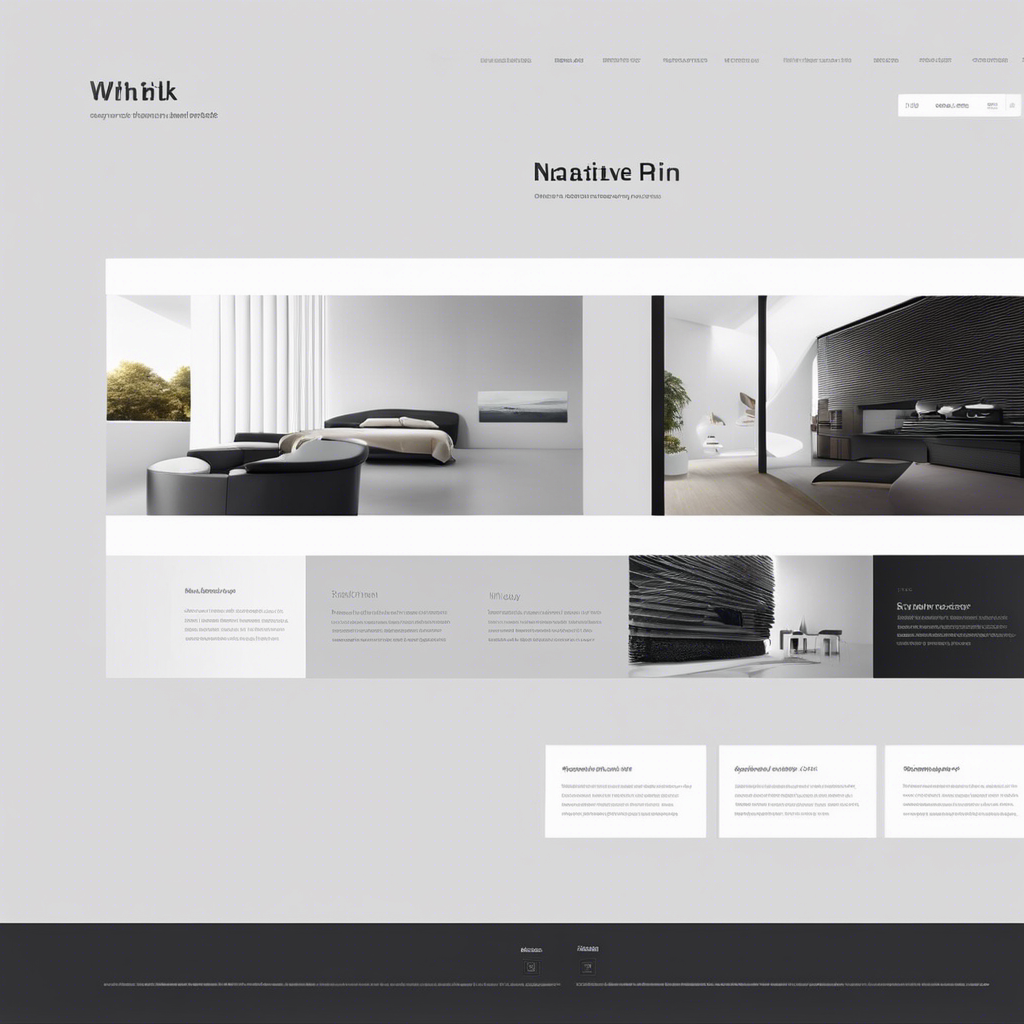How fast can you learn HTML? Is it a skill that can be acquired quickly, or does it require a significant amount of time and effort?
The answer lies somewhere in between. Learning HTML can vary depending on factors such as your prior coding experience, learning style, and the amount of time you’re willing to commit. While some individuals may grasp the basics of HTML in just a few weeks, others may take a couple of months to develop intermediate skills. For those aiming to achieve advanced proficiency in HTML, it typically takes around three to six months.
However, it’s important to remember that everyone learns at their own pace. By starting with the basics, practicing regularly, and utilizing quality learning resources, you can effectively learn HTML and pave the way for a successful career in web development and website design.
Key Takeaways
- Time commitment and regular practice are important factors in learning HTML quickly.
- Prior coding experience can impact the speed at which someone learns HTML.
- Motivation and commitment play a role in the speed of learning HTML.
- Utilizing quality learning resources can expedite the learning process of HTML.
Factors Affecting HTML Learning Speed
When learning HTML, your learning speed can be influenced by several factors.
The first factor is the amount of time you dedicate to learning HTML. Spending a few hours per day consistently will help you learn HTML faster than only studying occasionally.
Another factor is your prior experience with coding. If you have some background in programming or web development, you may have a basic understanding of concepts that will make learning HTML easier.
Additionally, your motivation and commitment to learning HTML will impact your speed of learning. If you’re dedicated and passionate about pursuing a career in web development, you may be more inclined to learn HTML quickly.
Typical Timeframe for Learning HTML
If you dedicate consistent time and effort to learning HTML, you can expect to develop a solid understanding within a typical timeframe. Learning HTML and CSS can be achieved in a day with a few hours of instruction, allowing you to gain a basic understanding of HTML.
To become comfortable with HTML and CSS, it may take approximately a month. However, keep in mind that factors such as prior experience and time commitment can influence the timeline for learning.
With intermediate skills, you can expect to develop them within one to three months. This timeframe will enable you to create more complex websites and pursue a career in web development.
There are various resources available to support your learning journey, so make the most of them to expedite your progress in modern web development.
Is HTML Difficult to Learn
Learning HTML may not be as difficult as you think. While mastering HTML and CSS for web development does require regular practice or instruction over a few months, the basic elements of the language are easy to learn.
Beginners often make excellent progress in the first few weeks of learning. In fact, with just 2 hours of instruction per day, you can grasp the concepts of basic HTML and CSS in just one day.
However, learning the more complex and rare elements of HTML and CSS will take time and dedication. It’s important to remember that HTML is one of the fundamental programming languages for creating web pages, and investing time in learning it can open up a world of opportunities for your career in web development.
Tips for Accelerating HTML Learning
To accelerate your HTML learning, prioritize consistent practice and utilize quality learning resources.
Learning HTML and CSS is crucial for anyone interested in web development and creating web pages. Start by understanding the basics of HTML, such as tags, elements, and attributes. Practice writing HTML code regularly to reinforce your skills and understanding.
Consider using online learning platforms that offer structured courses and tutorials specifically designed for learning HTML and CSS. These resources can provide you with a step-by-step guide and practical exercises to help you grasp the concepts efficiently.
Additionally, explore CSS, another important coding language used to style and format web pages.
Alternative Learning Methods for HTML
To further expedite your understanding of HTML, explore alternative learning methods that can complement your practice and enhance your coding skills.
Online learning provides a convenient and flexible option for learning HTML and CSS. There are numerous free resources available that offer introductory courses on web development, allowing you to learn at your own pace. These courses often cover the basics of HTML and CSS, providing you with the necessary knowledge to build basic web pages.
Additionally, specialized training courses, such as those offered by Noble Desktop, provide in-person and live online instruction for HTML and CSS. These courses offer a more comprehensive approach to learning, with small class sizes that allow for personalized attention.
Consider these alternative learning methods to build your coding skills and accelerate your progress in learning HTML.
Frequently Asked Questions
How Quickly Can You Learn Html?
You can learn HTML quickly by using effective learning techniques and utilizing the best resources available. Avoid common mistakes, practice coding challenges, and follow HTML best practices for clean code. Explore practical applications and advanced features of HTML5.
Can I Learn HTML in 7 Days?
You can definitely learn HTML in 7 days if you dedicate focused time and use effective learning techniques. Online resources, avoiding common syntax mistakes, and mastering best practices will help you learn quickly.
Can I Learn HTML in 3 Months?
You can expect to learn HTML in about 3 months with effective learning strategies, hands-on practice, and the right online resources. Stay motivated, choose self-study or a course, grasp syntax and tags quickly, and avoid common mistakes. HTML is essential for web development and design.
How Hard Is It to Learn Html?
Learning HTML can be challenging, but with dedication and practice, you can master it. Start with the basics, avoid common mistakes, explore resources, and apply HTML in real-life projects to improve your skills.




